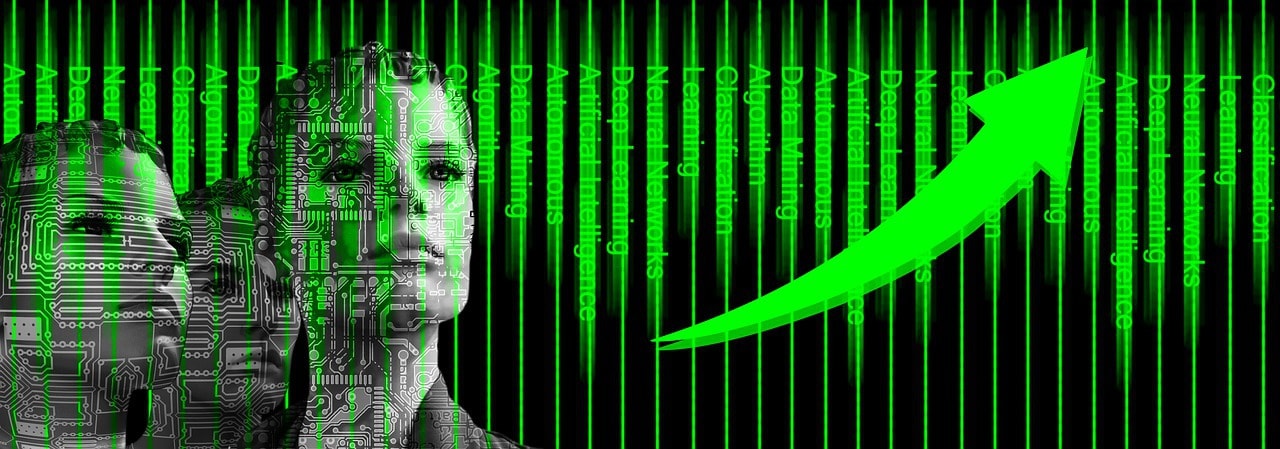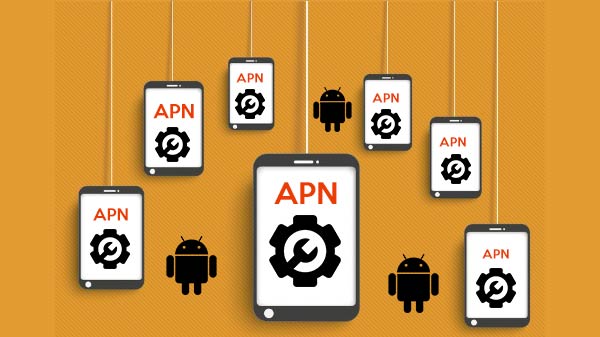How can AI and Machine Learning drive the future?
Today’s most significant trend in the tech world is artificial intelligence (AI) and its accompanying technology, machine learning.
You can’t look anywhere without seeing something related to AI or machine learning popping up–whether it’s a story about how Facebook came to be able to detect faces automatically in your photos or one about how Tesla cars might soon become fully autonomous.
And who could forget Google Translate’s transition from simply translating the written text into different languages to translating conversations in real-time?
It looks like AI and machine learning are here to stay.

As impressive as all of this cutting-edge technology may seem, many people still aren’t entirely sure what AI and machine learning are or why they matter so much. This article will answer the most pressing of those questions and will also look into how AI and machine learning are driving the future say RemoteDBA.com experts.
The technological background behind all this
It’s not just that new technologies are emerging lately–although that is undoubtedly true. There is also a reason why technology has developed in recent months at such breakneck speed. Most of it comes down to an improvement in computing power thanks to the development of better computer hardware (e.g., GPUs). With more powerful machines able to crunch more data than ever before, we’ve been able to create larger neural networks than were possible, even just last year. The larger these networks get, the better they can perform machine learning tasks with less human supervision. These incredibly skilled artificial brains can now learn by analyzing vast amounts of data and even improve as they continue to learn over time.
Before machine learning became such a prominent tech subject, AI was still going strong. In the 1980s, two tech titans wanted to create a chess-playing computer that could go head-to-head with world champion Garry Kasparov: IBM and a firm called Deep Blue. The former built a supercomputer capable of processing 50 million moves per second–far more than most people think computers are capable of nowadays.
But in 1996, Deep Blue managed to beat Kasparov thanks to its novel approach, which used an algorithm known as “minimax.” This is one method of creating AI which assigns relative values to each possible move to determine the best one. While Deep Blue was only designed for playing chess, it proved that computers could beat people at decision-making tasks if given enough time and data–and that’s what matters when it comes to AI.
Deep Blue also helped pave the way for machine learning, or “programming by example.” This means feeding a computer with information so it can learn how to carry out specific actions. For instance, you might provide an algorithm with lots of photos of cats alongside corresponding images of non-cats (e.g., humans), so it understands the difference between the two–this is called supervised learning. Alternatively, you might let an algorithm analyze human behavior on social media to predict future patterns–this is called unsupervised learning.
Machine learning and AI go hand-in-hand
The former is all about making computers smart, and the latter can help further that goal. For instance, you might feed computer lots of photos of cats, so it understands how to differentiate between the two. Once you’ve shown it enough pictures of different types of things (e.g., humans, cars), it will start to understand what each type looks like and be able to pick them out automatically in future photos–that’s machine learning at work, right there!
What we’re seeing now
If we’re going back to our original discussion of Deep Blue and Kasparov, their famous match wasn’t the end of their battle: it was just the start. In 1997, Deep Blue won another game against Kasparov and then beat him in a later rematch in 2015–and it only took 20 years for that to happen! Even though chess is a relatively straightforward process with very few variables, we’re still nowhere near creating “true” AI that can pass as human-like.
We now have something else on the horizon: driverless cars. We’ve been testing them on city streets around the world, and they’ve had their fair share of accidents. But as many others have pointed out, some of those were inevitable due to how people naturally interact with each other. The more our self-driving cars are on the roads, the better they will become at anticipating certain types of behavior–a crucial part of machine learning.
And autonomous vehicles are just the tip of the iceberg. Every day, AI is helping to make our lives easier by recognizing patterns in vast databases, making IoT devices more efficient, and even telling us how long we should rest between workouts. There are also some pretty radical applications, like an AI that was used to save a man’s life by diagnosing Parkinson’s Disease before doctors could. That’s right: this algorithm taught itself how to diagnose disease better than any human possibly could after studying over 150 million pages of literature on neurological disorders!
Even with all these incredible discoveries, artificial intelligence still has a lot left to learn–and it’ll only be able to do so if people keep feeding it data and refining its capabilities with machine learning. The more we understand both of these concepts, the better we’ll be able to harness their power and build an AI that can pass as human-like: one that knows how to communicate, sense emotions, and make decisions just like us.
What’s next?
While there are many practical applications of AI, the field is still pretty young–and it might take a long time before we start seeing more advanced iterations of AI. Big tech companies like Google, Apple, and Facebook are all investing in AI research to make sure they don’t get left behind by their competition.
Microsoft has even launched an open-source platform called The Family to train machine learning models without relying on third-party services. We’re only starting to discover what these tools can really do, but one thing is clear: artificial intelligence will continue playing a significant role in our daily lives.

Hello! My name is Lucas, and I am the creator of ursuperb.com. I’ve been writing about technology for almost 10 years now, and I love talking about tech news, reviews, and tutorials. I’m currently living in San Francisco, CA, and I’ve been blogging professionally since 2012. I love what I do, and I really enjoy interacting with people online. I believe in creating positive change for humanity, and I try to inspire others to do the same. You can read more about me here.
My favorite thing about Ursuperb is that I’m able to provide useful information to anyone interested in learning more about technology. No matter what kind of tech you use (computer, smartphone, tablet), you will definitely find something interesting to read on Ursuperb. So, let’s take a look at some of the topics I cover on Ursuperb:
1) How To Build An Online Business With WordPress
2) How To Make Money On YouTube Using AdSense
3) What Is Google Analytics? And Why Should You Use It?
4) How To Make Your Own Website Design Software For Free



